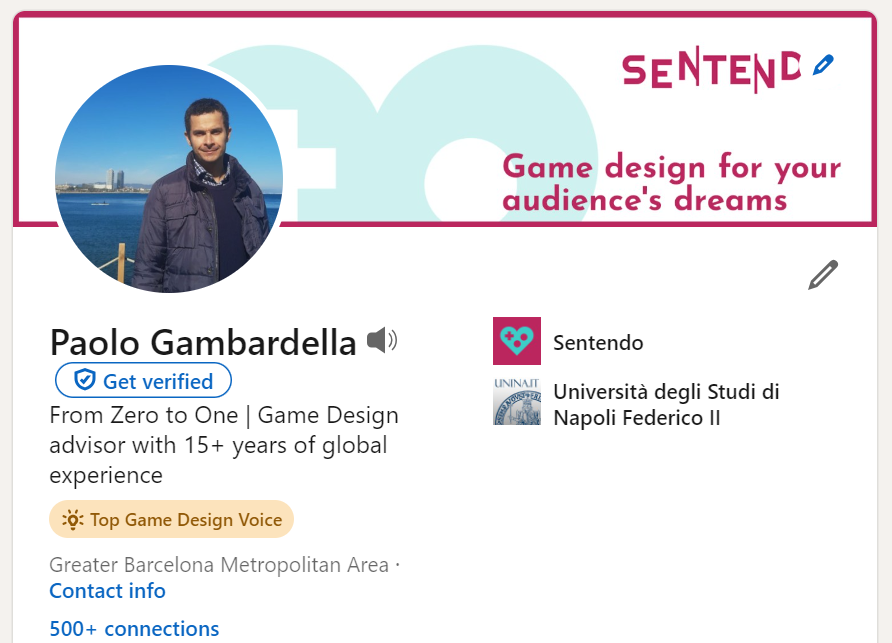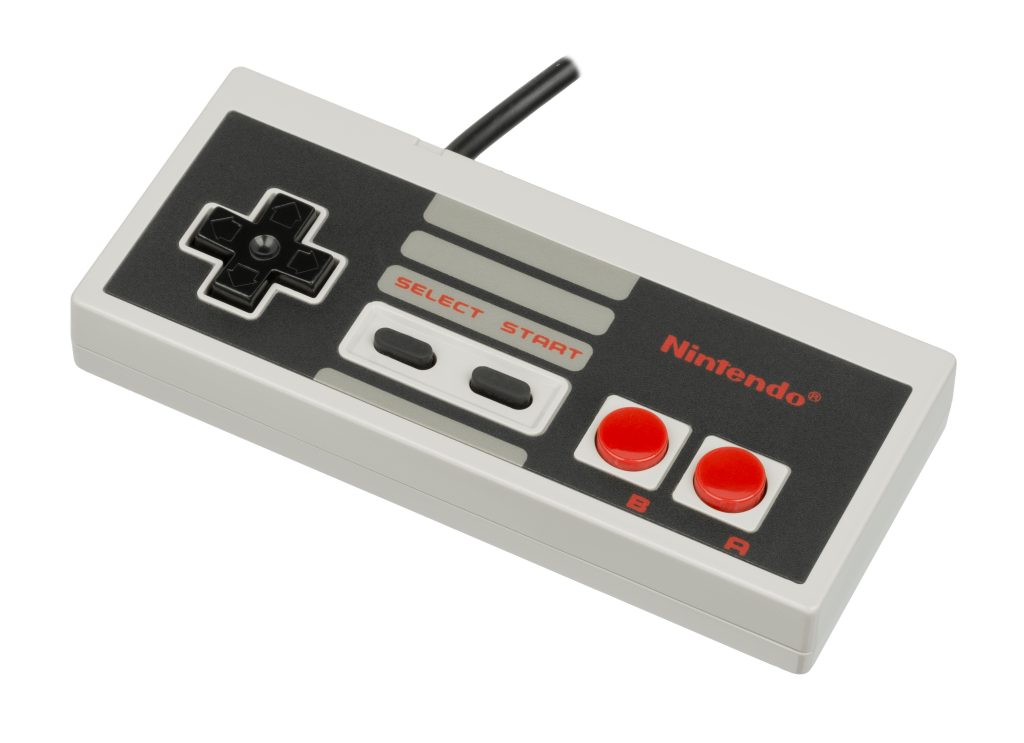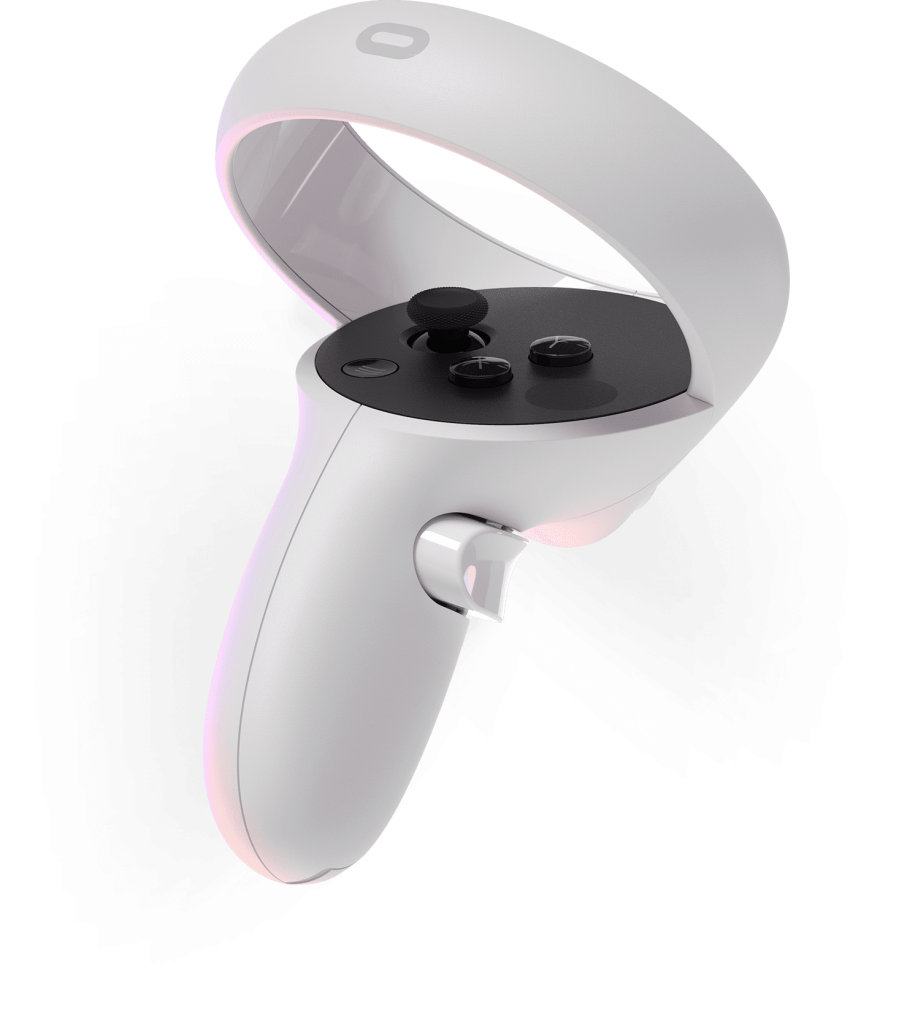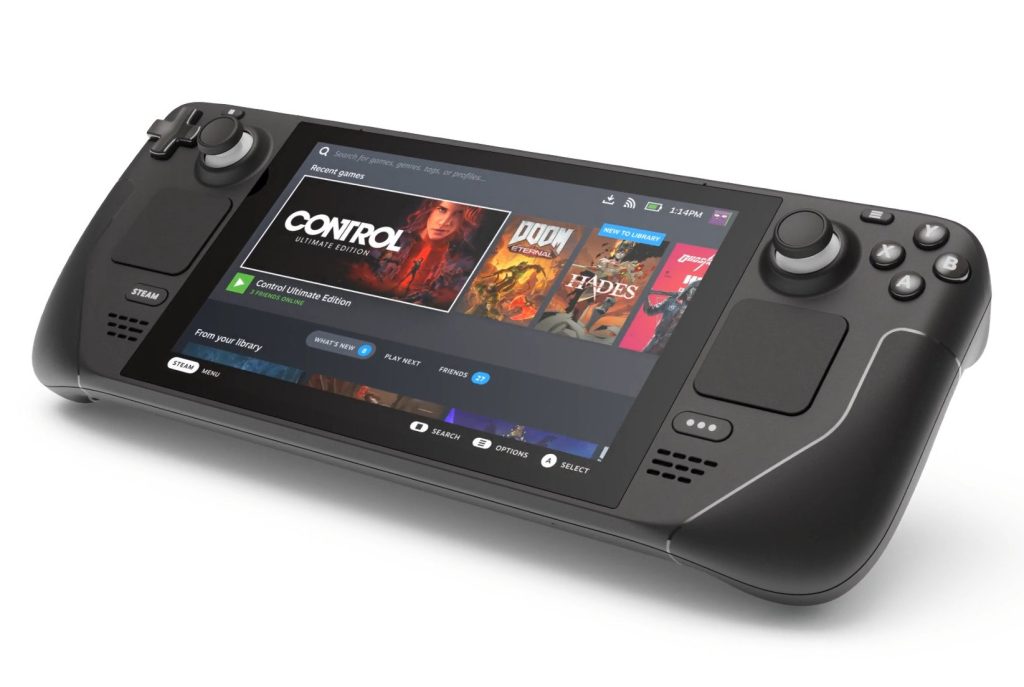Many talented people have been unfairly laid off. You can start thinking: “Hey, there are seniors from Blizzard open to work, they will never hire me. I am completing my engineering grade!”.
Let me tell you this is a fallacy. When we look at job openings we see very few positions for juniors or for people who didn’t work on a TOP game. Still, the possibilities are many.
The games industry is smaller than you think in number of people. But the games market is huge, opportunities are much more than you believe. Companies often don’t have to publish offers because internal employees know reliable people to hire.
You need to build!
Build your network, build your games, build your career. The job market is not meritocratic at all, it’s not the best that gets the job. The job market is a lot about being in the right place at the right time. Instead of spending your whole day doom-scrolling layoff news, build your future!



